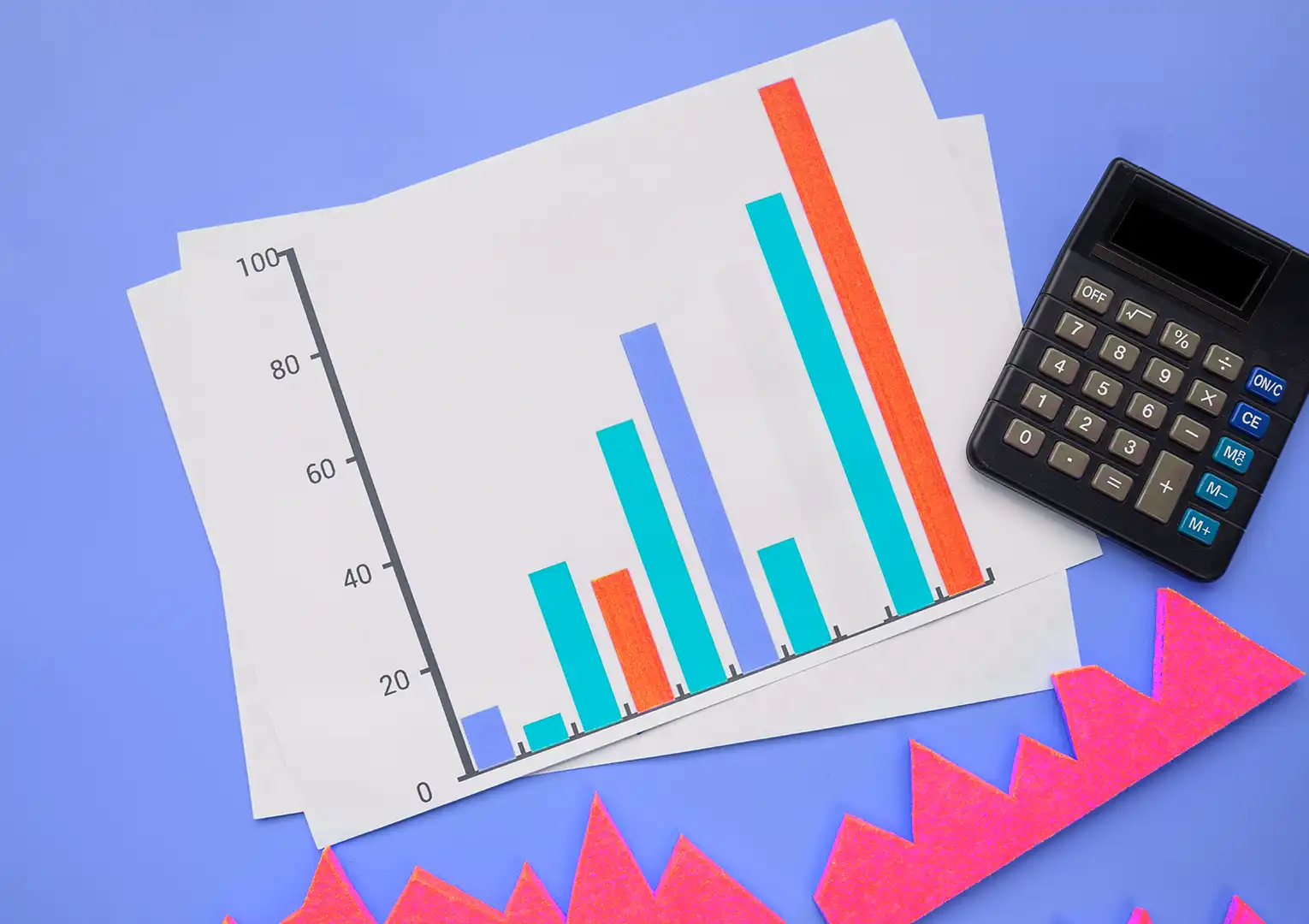How to Determine BEP Price: 2 Easy Ways to Understand It
February 12, 2025
Bisnis, tips bisnis
Share This Article

Break Even Point (BEP) is a crucial metric for determining a business's profitability. By understanding it, business owners gain a comprehensive insight into their operations. However, before learning how to determine the break-even price, explore all the essential details in this article!
What is BEP?
According to Indeed, the Break Even Point (BEP) is the condition where a business generates revenue equal to its expenses. This equation indicates how many units need to be sold before the business starts making a profit.
When a company reaches the break-even point, it neither makes a profit nor incurs a loss. That’s why BEP is referred to as the break-even point—where sales revenue covers all costs.
The Importance of Knowing BEP
As a business owner, it is essential to understand why calculating the Break-Even Point (BEP) provides a comprehensive overview of business operations. Here are some key reasons:
1. Helps in Pricing Strategy Development
By conducting a break-even analysis, you can determine the minimum price that needs to be set for your products or services. This information is invaluable in helping you identify the best pricing strategy to generate profits.
2. Determining Sales Targets
A smart sales target should be based on data and facts. In this case, the BEP helps you determine the expected revenue goals. This allows business owners to accurately assess how much they need to achieve and set clear expectations for the sales team.
3. Monitoring Hidden Expenses
Conducting a break-even analysis helps you identify overlooked costs and determine which expenses should be reduced. This allows you to track and anticipate necessary expenditures without causing financial disruptions in the future.
4. Limiting Emotion-Based Decisions
Making business decisions based on emotions is not ideal, even though it can be difficult to avoid. Break-even analysis provides solid data and a clearer perspective, helping you make informed and rational business decisions.
5. Accommodating Funding Needs
As mentioned earlier, BEP is one of the key indicators for assessing profitability. It serves as a crucial signal for potential investors to evaluate the viability of your business, increasing their willingness to invest.
The formula for calculating the Break-Even Point (BEP)
To determine the break-even point, you can calculate BEP using the available formula. The basic BEP formula involves dividing fixed costs by the gross profit margin, as shown below:
BEP = Fixed Costs / Gross Profit Margin
However, some companies—especially small businesses and startups—use this basic formula primarily for financial reporting purposes. For more practical applications, BEP is often calculated in terms of units (BEP in units) and sales revenue (BEP in sales), which will be explained in the following sections.
1. Break-Even Point (BEP) in Units
The BEP formula based on the number of units sold is:
BEP (in units) = Fixed Costs / (Selling Price per Unit-Variabel Cost per Unit)
To understand this better, here’s a breakdown of each cost component:
Fixed Costs are all expenses that remain unchanged regardless of fluctuations in the number of goods or services sold. Examples include building rent and salaries of permanent employees.
Selling Price per Unit is the price set by the sales team for each product or service.
Variable Cost per Unit refers to the expenses incurred to produce each unit of a product or service. Examples include raw materials and packaging costs.
The BEP equation above is used to determine the number of products that must be sold to reach the break-even point. This is directly related to the minimum sales target that the sales team needs to achieve.
2. Break-Even Point (BEP) in Sales Revenue
The formula for BEP based on total sales revenue is:
BEP (in sales) = Fixed Costs / [(Selling Price per Unit - Variabel Cost per Unit)/Selling Price per Unit]
This equation is similar to the previous BEP formula but with one key difference. Instead of dividing fixed costs by the profit per unit, this formula divides fixed costs by the profit margin—the percentage of revenue retained after covering variable costs.
Rather than determining how many units need to be sold to break even, this formula calculates the total revenue that must be generated to reach the break-even point.
How to Determine the Break-Even Price (BEP Price)?
After learning the formulas for calculating the Break-Even Point (BEP), it's time to apply them in practice. To make it easier, let's use the following illustration.
Mrs. Untung owns a bakery that sells birthday cakes. After reviewing her financial statements, she found that the fixed costs required to operate the bakery—including store rent, employee salaries, and property taxes—total Rp 50,000,000.00. Meanwhile, the variable cost to produce each cake is Rp 250,000.00 per unit, and she sells each cake for Rp 500,000.00 per unit.
So, what is the break-even point for Mrs. Untung’s bakery?
BEP (in units) = 50.000.000 / (500.000 - 250.000)
= 200 unit
BEP (in sales) = 50.000.000 / [(500.000 - 250.000) / 250.000]
= Rp 50.000.000,00
Mrs. Untung will break even when she has sold 200 birthday cakes or generated a total sales revenue of Rp 50.000.000
How to Utilize BEP?
Aside from understanding how to calculate it, an equally important question is how to interpret the results of the BEP analysis.
Once you have the numbers, ask yourself: Is my current business plan realistic? Do you need to increase the selling price, reduce production costs, or do both?
Additionally, consider whether your plan will work in the market. What if the price is too high, and customers are unwilling to buy?
It's important to note that while a break-even analysis tells you how many products you need to sell, it does not guarantee that they will actually sell.
Even so, conducting this financial analysis is essential before starting a business, as it helps you assess potential risks. In other words, it allows you to determine whether the business is viable.
You can also use this analysis before launching a new product or service to evaluate whether the potential profit justifies the initial costs.
That’s the answer to how to determine the Cost of Goods Sold (COGS). Now you understand why learning business financial reports is so important—it helps you make more strategic decisions.
Luckily, you no longer need to create financial reports manually. With Labamu, your business financial reports are automatically generated, so all you need to do is review them. Take advantage of this convenience by downloading the app on Google Play or the App Store today!














